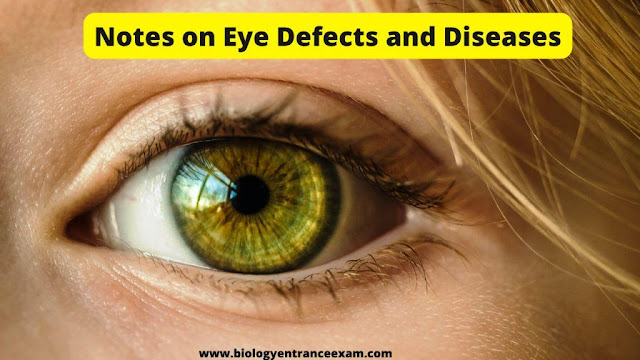
- Night blindness You have studied that the retinal, a part of the visual pigment, is derived from Vitamin A. The deficiency of Vitamin A results in the low production of retinal. This in turn prevents the resynthesis of rhodopsin. In this condition, objects cannot be seen clearly in dim light and this disease is called night blindness.
- Xerophthalmia If there is a prolonged deficiency of Vitamin A, the conjunctiva and cornea become dry and opaque. This causes xerophthalmia and leads ultimately to blindness.
- Colour Blindness the retina contains cone cells that can detect red, green, and blue colours. Some persons cannot distinguish green and red colors due to the defect of cone cells. This condition is called colour blindness.
- Glaucoma Aqueous humor is the fluid that nourishes the tissues in the eyes. If the reabsorption of aqueous humor does not occur, it causes an increase in the pressure inside the eyes. This causes damage to the retina and the photoreceptor cells and ultimately leads to blindness. This defect is called glaucoma. It can be rectified by laser surgery
- Cataract It is a condition in which the lens of the eyes becomes opaque resulting in blindness. This can be rectified by replacing the lens with an artificial one, through surgery.
- Conjunctivitis This is an infection of the conjunctiva. The causative organisms may be bacteria, viruses etc. This disease is transmitted through contact and can be prevented by maintaining personal hygiene
Learn more: Quiz on Eye